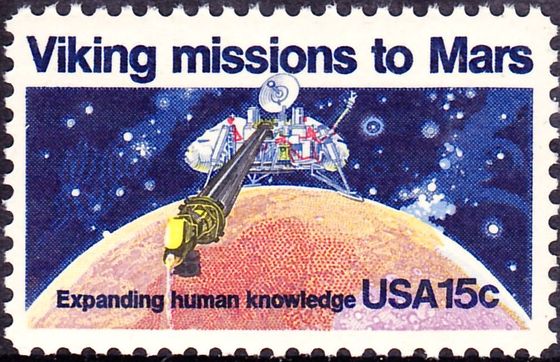Space research center gets out-of-this-world name
August 13th, 2015

With a storied, six-decade history of visiting neighboring planets, gathering galactic data, eavesdropping on the cosmos and striving to see the edge of the universe, Cornell’s Center for Radiophysics and Space Research has a new name, effective Aug. 12: the Cornell Center for Astrophysics and Planetary Science (CCAPS).
Since its 1959 founding, the center’s emphasis on radio astronomy and radar observations has expanded into astrophysical and planetary research. Housed in the astronomy department, CCAPS (pronounced see-caps) engages faculty and scientists from many disciplines in projects and gives students – including undergraduates – a chance to work on exciting scientific projects.
CCAPS scientists have worked on missions to Mars and Jupiter, driven the Mars rovers Spirit and Opportunity, flown on SOFIA – the Stratospheric Observatory for Infrared Astronomy telescope aboard a Boeing 747 - ventured to Saturn via the Cassini-Huygens mission, and conducted research in astrobiology, general relativity, exoplanets, galactic and extragalactic astronomy, stellar and black hole astrophysics and chemistry.
“Going back to Cornell faculty greats like Thomas Gold and Carl Sagan, and to the early days of space exploration, back to the Mariner 9 and Viking missions in the 70’s, Cornell has played a lead role in exploring the solar system and the universe at large,” said Jonathan Lunine, the David C. Duncan Professor in the Physical Sciences and the center’s director. “Our center’s name change better reflects our role in the exploration of the cosmos,” he said.
– Blaine Friedlander
Cornell Chronicle article HERE
